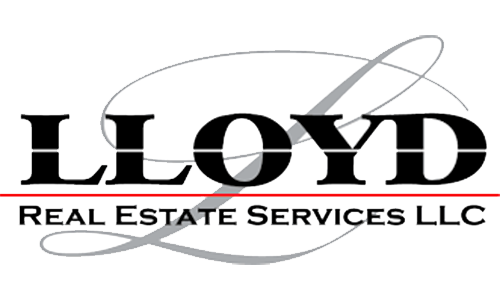Commercial real estate appraisals are complex, relying on various methods to determine a property’s fair market value. One crucial approach is the replacement cost method, which focuses on the cost of constructing a functionally equivalent building today, rather than replicating the exact existing structure. This blog post will delve into the intricacies of the replacement cost method in commercial appraisals.
The replacement cost method isn’t about building an identical replica; it’s about estimating the cost of constructing a building with the same utility and functionality as the subject property, using modern materials and construction techniques.
This approach is particularly useful for newer buildings or those with unique features that are difficult to find comparable sales for. It’s less reliable for older buildings, where depreciation plays a more significant role.Several key steps are involved in applying the replacement cost method:
- Estimating the Quantity Survey: This involves a detailed breakdown of all materials and labor required to construct the building. This requires the appraiser to have a strong understanding of construction costs and practices. Software and databases containing current cost information are often used for this step.
- Determining Unit Costs: Once the quantities are established, the appraiser assigns unit costs to each component. These costs are based on current market prices for materials and labor in the relevant geographical area. Fluctuations in material prices and labor costs necessitate regular updates to these databases.
- Calculating Direct Costs: Direct costs include the cost of labor, materials, and any permits or fees associated with construction. This is a straightforward calculation once the quantity survey and unit costs are determined.
- Calculating Indirect Costs: Indirect costs are less straightforward and represent expenses not directly tied to materials and labor. These include architectural and engineering fees, financing costs, insurance, and contractor’s overhead and profit. These costs are typically expressed as a percentage of the direct costs.
- Accounting for Depreciation: Even a newly constructed building will experience depreciation over time. The appraiser must account for physical deterioration (wear and tear), functional obsolescence (outdated design or features), and external obsolescence (negative impacts from the surrounding environment). Different methods are used to estimate depreciation, such as the age-life method or the observed condition method.
- Estimating Land Value: The replacement cost method only estimates the building’s value. The land value must be determined separately using other appraisal methods, such as the sales comparison approach. The total value of the property is then obtained by adding the land value and the depreciated replacement cost of the building.
The replacement cost method has its limitations. It can be challenging to accurately estimate indirect costs, and the depreciation calculation can be subjective. Furthermore, it may not accurately reflect market value if the building is significantly outdated or if there’s a surplus of similar properties in the market.
Therefore, the replacement cost method is often used in conjunction with other valuation approaches, such as the income capitalization approach and the sales comparison approach, to provide a more comprehensive and reliable estimate of fair market value.
Conclusion
In conclusion, the replacement cost method is a valuable tool in commercial real estate appraisal, particularly for newer buildings.
However, its application requires expertise in construction costs, depreciation methodologies, and a thorough understanding of the local market. Using this method effectively requires careful consideration of all relevant factors and, ideally, integration with other appraisal techniques to arrive at a robust and defensible valuation.

